Squash Smarts: Can Dogs Eat Spaghetti Squash? A Vet-Approved Guide
- 26 Apr 2025 09:30
Spaghetti squash, with its unique stringy flesh that mimics pasta strands when cooked, is a popular and nutritious vegetable for humans. It's low in calories, versatile, and offers various vitamins and minerals. As health-conscious pet owners cook up this interesting gourd, they might look at their canine companion and wonder: can dogs eat spaghetti squash? The good news is that, yes, plain, cooked spaghetti squash is generally considered safe for dogs and can even offer some health benefits when prepared correctly and served in moderation. However, there are important considerations regarding preparation, potential risks, and which parts of the squash are suitable for canine consumption. This comprehensive guide dives into the details, providing expert insights based on veterinary knowledge to ensure you treat your dog safely.
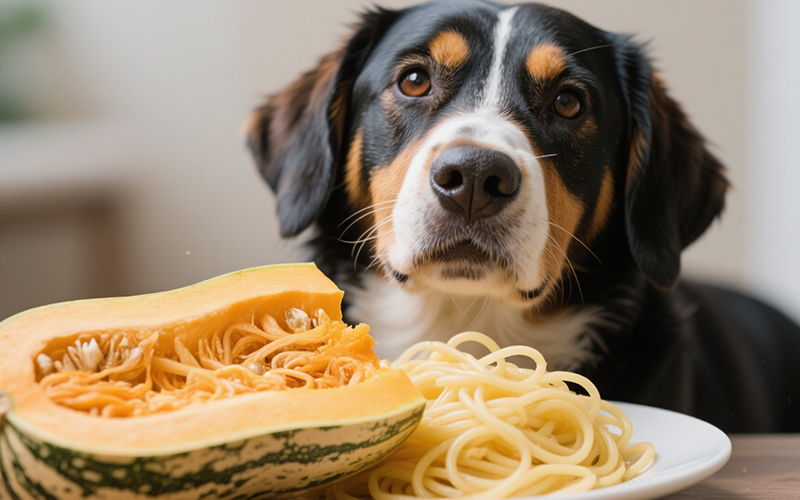
What Exactly is Spaghetti Squash?
Spaghetti squash (*Cucurbita pepo*) is a type of winter squash. When raw, its flesh is solid and dense like other squashes. However, when cooked, the flesh naturally separates into long, thin strands that resemble spaghetti – hence its name. It has a mild, slightly sweet flavor and a tender yet slightly crunchy texture once cooked. It belongs to the same family as zucchini, pumpkins, and other gourds, many of which are also generally safe for dogs in moderation.
Nutritional Benefits: Is Spaghetti Squash Good for Dogs?
While not a nutritional powerhouse compared to meat proteins essential for dogs, spaghetti squash does offer some beneficial nutrients when given as a supplemental treat:
Low in Calories and Fat: This makes it an excellent treat option for dogs on a weight management plan or those prone to pancreatitis, where high-fat foods must be strictly avoided.
Dietary Fiber: Spaghetti squash contains both soluble and insoluble fiber. Fiber aids digestion, promotes regular bowel movements, adds bulk to stool (which can help with both mild constipation and diarrhea), and can help dogs feel full.
Vitamins: It provides several vitamins valuable for overall health:
Vitamin A (from Beta-Carotene): Important for vision, immune function, skin health, and cell growth. While dogs convert beta-carotene less efficiently than humans, it still offers some benefit.
Vitamin C: A key antioxidant. Healthy dogs produce their own Vitamin C, but dietary sources can provide additional support.
Vitamin B6 (Pyridoxine): Involved in numerous metabolic processes, including amino acid metabolism, red blood cell production, and nervous system function.
Minerals: Contains manganese (important for bone health and enzyme function) and potassium (crucial for nerve and muscle function).
Antioxidants: Contains various antioxidants that help combat cellular damage caused by free radicals, contributing to overall health and potentially reducing inflammation.
Hydration: Like many vegetables, spaghetti squash has a relatively high water content, which can contribute slightly to a dog's hydration.
Remember, these benefits are supplemental. Your dog's primary nutritional needs must be met by their complete and balanced regular dog food. Spaghetti squash should only be a small part of their overall diet.
Confirming Safety: Can Dogs Eat All Parts of Spaghetti Squash?
The safety of spaghetti squash depends heavily on which part you're considering and how it's prepared.
The Flesh: The Safest Part
The cooked, stringy flesh of the spaghetti squash is the part generally considered **safe and suitable** for dogs. It's soft, easily digestible (when cooked), and contains the nutrients mentioned above. **Crucially, it must be served plain.**
The Seeds: Potential Risks
Spaghetti squash contains numerous large, flat seeds in its central cavity. While these seeds are not considered toxic like apple seeds (which contain cyanide precursors), they are **not recommended** for dogs:
Indigestibility:** The seeds are hard to digest and can pass through relatively unchanged, potentially causing mild G.I. upset.
Choking Hazard:** Their size and shape could pose a choking risk, especially for smaller dogs or those who gulp food.
Potential for Obstruction (Low Risk but Possible):** While less likely than with harder pits (like peach pits), consuming a very large quantity of indigestible seeds could theoretically contribute to an intestinal blockage, particularly in very small dogs.
It's safest to scoop out and discard the seeds before feeding the squash flesh to your dog.
The Skin/Rind: Avoid This Part
The tough outer skin or rind of the spaghetti squash is **not safe** for dogs to eat.
Indigestible:** It's extremely tough and fibrous, making it very difficult for a dog's digestive system to break down.
Choking and Obstruction Risk:** The hard, large pieces of skin pose a significant choking hazard and a serious risk for causing an intestinal blockage if swallowed.
Always remove the cooked flesh from the skin before offering it to your dog. **In summary:** When asking "can dogs eat spaghetti squash?", the safe answer applies primarily to the plain, cooked flesh, with seeds and skin removed.
Potential Risks and Considerations (Even with Plain Cooked Flesh)
Even when feeding the safest part (plain cooked flesh), potential issues can arise:
Gastrointestinal Upset:** Giving too much spaghetti squash, especially if your dog isn't used to it, can lead to digestive issues like diarrhea, gas, or vomiting due to the sudden increase in fiber. Introduce it gradually and in small amounts.
Choking Hazard (Improper Prep):** Even the cooked strands, if offered in large clumps or if the dog eats too quickly, could potentially cause choking. Ensure it's appropriately portioned.
Nutritional Imbalance:** Feeding large quantities of squash could fill your dog up, causing them to eat less of their balanced dog food, potentially leading to nutrient deficiencies over time. Stick to the 10% treat rule.
Preparation Method:** How you cook and serve it matters immensely. See the preparation section below – plain is the only safe way.
The Right Way: How to Prepare Spaghetti Squash for Your Dog
Proper preparation is key to safely sharing spaghetti squash: 1. **Wash the Squash:** Thoroughly wash the outside of the squash before cutting to remove any dirt or potential pesticide residues. 2. **Cook Thoroughly:** Raw spaghetti squash is very hard, difficult to digest, and poses a choking risk. It **must be cooked** until the flesh is tender and easily separates into strands. Common cooking methods include: * **Baking/Roasting:** Cut the squash in half lengthwise, scoop out the seeds and stringy bits around them, place cut-side down on a baking sheet (perhaps with a little water), and bake at around 375-400°F (190-200°C) until tender (usually 30-60 minutes depending on size). * **Steaming:** Cut into pieces (seeds removed) and steam until tender. * **Boiling:** Cut into pieces (seeds removed) and boil until tender. (This method may leach more nutrients into the water). * **Microwaving:** Cut in half, remove seeds, place cut-side down in a microwave-safe dish with a little water, and microwave until tender. 3. **Remove Seeds and Stringy Core:** After cooking (or before, depending on method), ensure all seeds and the immediately surrounding stringy pulp are scooped out and discarded. 4. **Separate Flesh from Skin:** Once cooked and slightly cooled, use a fork to scrape the flesh away from the tough outer skin. Discard the skin. 5. **SERVE PLAIN:** This is absolutely critical. **Do NOT add any butter, oils, salt, pepper, herbs, cheese, garlic, onion, or sauce.** These additions can be unhealthy (high fat/salt) or toxic (garlic/onion) to dogs. Plain, cooked squash flesh only. 6. **Cool Completely:** Ensure the squash is fully cooled before offering it to your dog to prevent mouth burns. 7. **Portion Appropriately:** Offer only a small amount suitable for your dog's size (see guidelines below). You can serve the strands as is, or chop/mash them further for smaller dogs or to mix into their food. 8. **Introduce Slowly:** Give a very small amount the first time and monitor for any digestive upset over the next 24-48 hours before offering more.
Serving Size Sense: How Much Spaghetti Squash Can My Dog Have?
Remember the **10% rule**: all treats, including healthy vegetables like spaghetti squash, should make up no more than 10% of your dog's total daily caloric intake. Practical portion guidelines for plain, cooked spaghetti squash flesh (as an occasional treat): * **Extra-Small Dogs (under 10 lbs):** 1-2 teaspoons. * **Small Dogs (10-30 lbs):** 1-2 tablespoons. * **Medium Dogs (30-50 lbs):** 2-3 tablespoons. * **Large Dogs (50+ lbs):** Up to 1/4 cup. "Occasional" means not every day – perhaps a few times a week at most, depending on your dog's overall diet and treat allowance. Start with smaller amounts.
Quick Reference: Spaghetti Squash Safety for Dogs Table
This table summarizes the safety of different parts and preparation methods:
| Squash Part / Prep | Safety Level / Consideration | Details & Recommendation |
| Plain, Cooked Flesh | Generally Safe (in moderation) | Non-toxic, offers fiber/vitamins. Must be plain, cooked, cooled, and given moderately. Safest part to feed. |
| Raw Flesh | Not Recommended / Risky | Very hard, difficult to digest, choking hazard. Cook thoroughly. |
| Seeds | Not Recommended / Moderate Risk | Indigestible, choking hazard, potential G.I. upset or (rarely) obstruction risk if many eaten. Remove before feeding flesh. |
| Skin / Rind | Unsafe / High Risk | Tough, indigestible, significant choking and intestinal blockage risk. Discard. |
| Cooked with Additives (Oil, Salt, Garlic, Onion, Sauce, etc.) | DANGEROUS / UNSAFE | Added fats (pancreatitis), salt (sodium issues), garlic/onion (toxic), other seasonings are harmful. **Feed ONLY plain.** |
| Overall Answer to: Can dogs eat spaghetti squash? | Yes, the plain, thoroughly cooked flesh (seeds and skin removed) is generally safe and can be a healthy treat for dogs in strict moderation. Proper preparation and portion control are essential. | |
Leveraging Pet Tech for Dietary Questions: PettureX App
Navigating the wide world of human foods and pet safety can raise questions. Having a resource for quick information can provide peace of mind. The **PettureX** app is a smart tool designed to assist pet owners with various concerns. PettureX offers features like:
24/7 AI Veterinary Consultation: Get immediate, general answers to common questions about pet nutrition and food safety using the AI chat feature. Ask things like "What vegetables are safe for dogs?" or "What are signs of digestive upset in dogs?". This can provide helpful background information. *Note: AI information is general and cannot substitute for professional diagnosis or advice from your veterinarian.*
Image Recognition for Pet Health:** Useful for identifying visual concerns to discuss with your vet.
Animal Species Identification:** Can help identify plants or items in your pet's environment.
PettureX can be a valuable resource for accessing general knowledge quickly, supporting informed pet care decisions alongside your veterinarian.
Other Healthy Vegetable Treats for Dogs
If your dog enjoys vegetables, consider these other safe and healthy options (always plain, washed, appropriately prepared, and in moderation): * Carrots (raw or cooked) * Green beans (raw or cooked) * Cucumber slices * Celery sticks * Pumpkin puree (plain, canned - NOT pie filling) * Sweet potato (cooked) * Broccoli florets (cooked, small amounts - can cause gas) * Zucchini (cooked or raw)
Conclusion: Spaghetti Squash - A Safe Treat When Served Plain & Properly
To summarize the answer to "can dogs eat spaghetti squash?", yes, it can be a safe and healthy addition to your dog's treat repertoire, but **only** if it's the plain, thoroughly cooked flesh served without seeds or skin, and given in moderation. Its low-calorie, high-fiber profile makes it a potentially good option for dogs needing weight control. However, proper preparation is non-negotiable to avoid risks like choking, digestive upset, or intestinal blockage. Never feed raw squash, the skin, or the seeds, and strictly avoid adding any fats, salts, seasonings, or toxic ingredients like garlic and onion. When introduced slowly and offered occasionally as part of a balanced diet, spaghetti squash can be a fun and nutritious way to share a healthy vegetable with your furry friend. Always consult your veterinarian if you have any specific questions about your dog's dietary needs or health.
Related
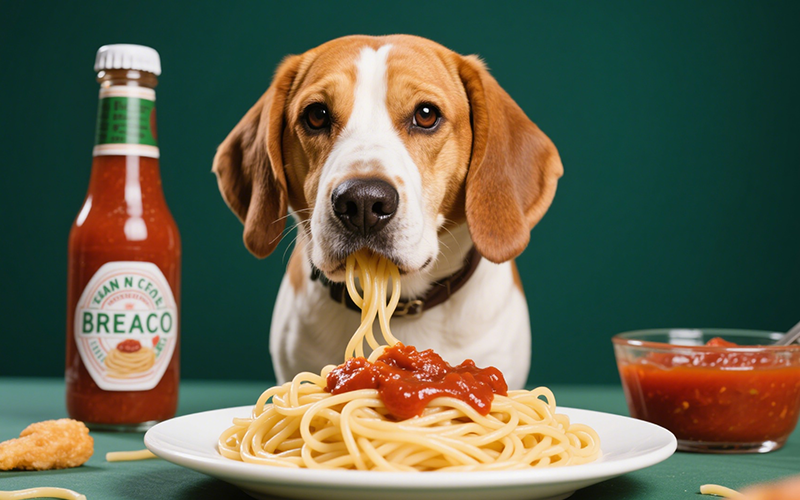
Sauce Inquiry: Can Dogs Eat Spaghetti Sauce Safely? Why Vets Advise Against It
- 26 Apr 2025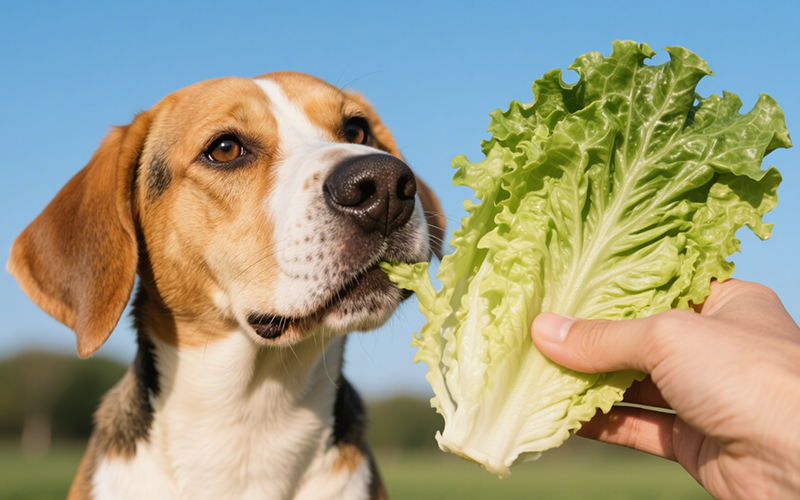
Crunchy Greens for Canines: Can Dogs Eat Romaine Lettuce Safely?
- 25 Apr 2025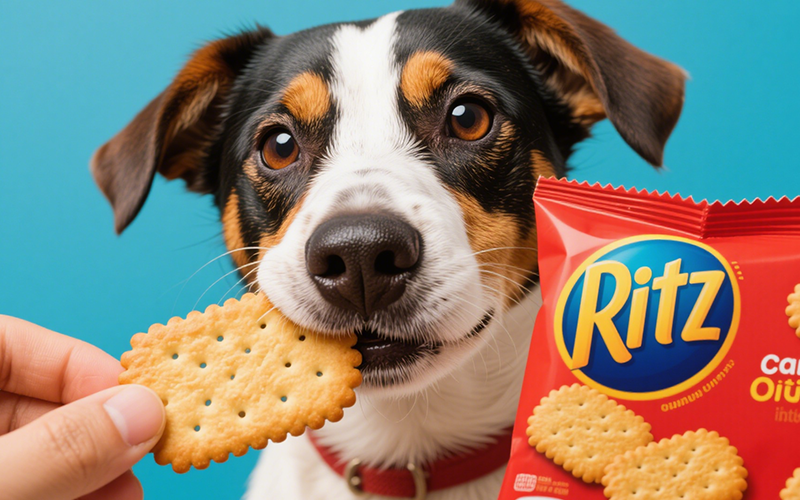
Ritz Crackers for Dogs? Why Vets Say No to This Common Snack
- 25 Apr 2025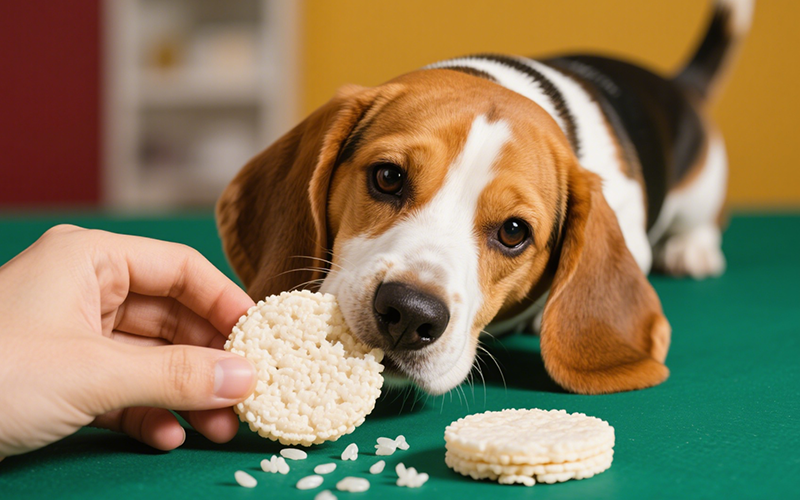
Rice Cakes for Rover? A Crunchy Question: Can Dogs Eat Rice Cakes Safely?
- 24 Apr 2025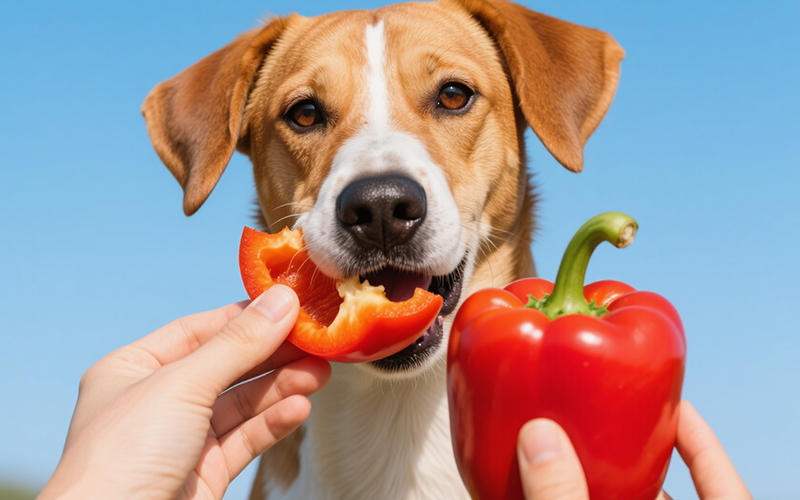
Crunchy & Colorful: Can Dogs Eat Red Bell Peppers Safely? A Vet-Approved Guide
- 24 Apr 2025
Raspberries for Rover? A Vet's Guide to This Berry Good Treat for Dogs
- 23 Apr 2025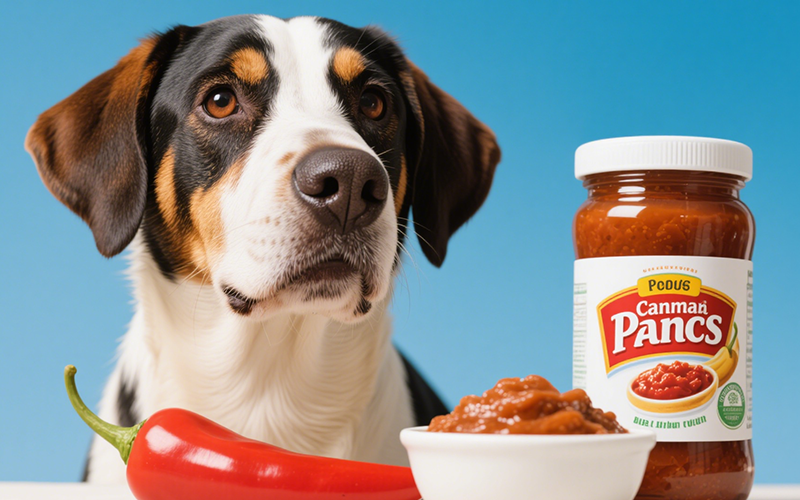
Ranch Dressing Dilemma: Can Dogs Safely Indulge? A Deep Dive into Why It's a Bad Idea
- 23 Apr 2025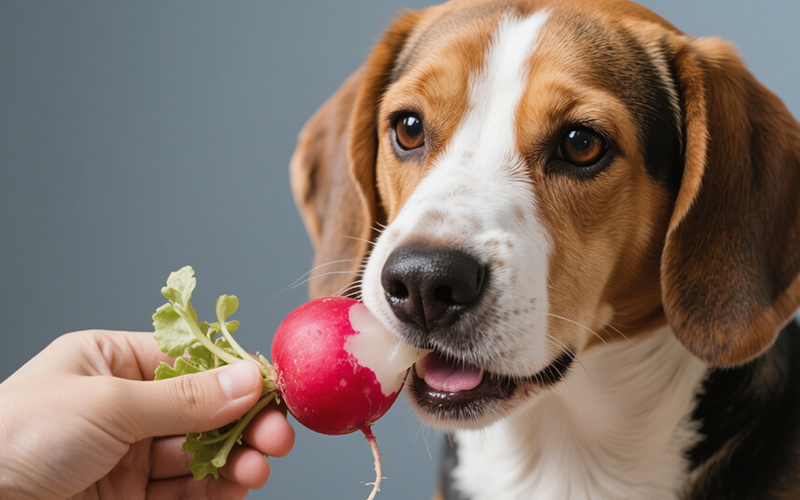
Radish Bites for Your Buddy? A Vet-Reviewed Guide on Whether Dogs Can Eat Radishes
- 22 Apr 2025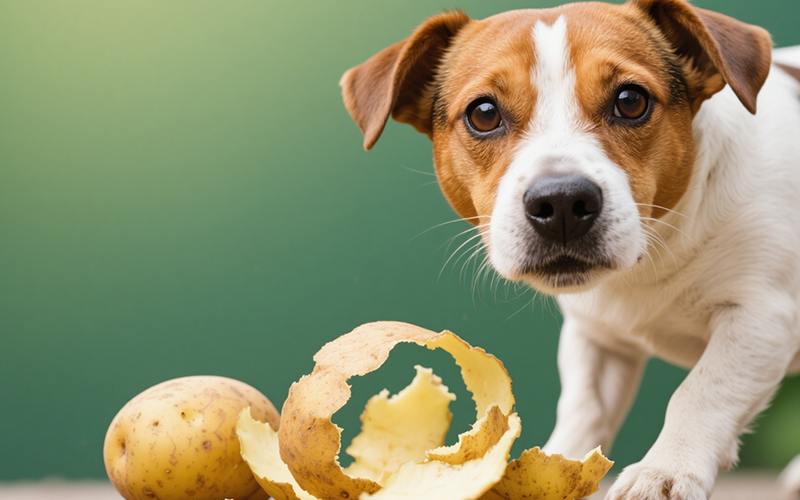
Potato Peels for Pooches? Unpeeling the Risks and Facts for Dog Owners
- 22 Apr 2025
Crunchy Curiosity: Can Dogs Safely Snack on Pork Rinds? A Deep Dive
- 21 Apr 2025
